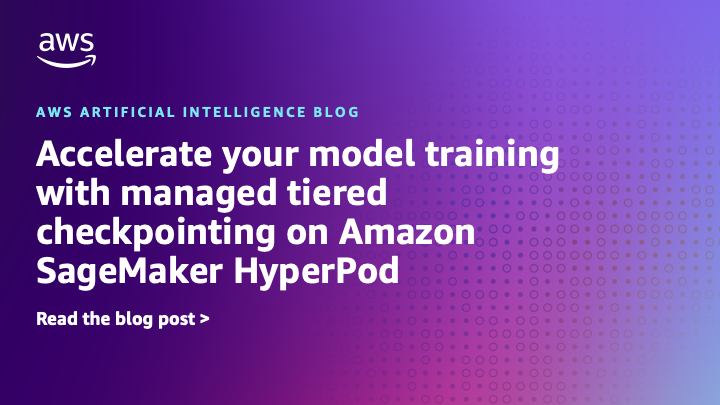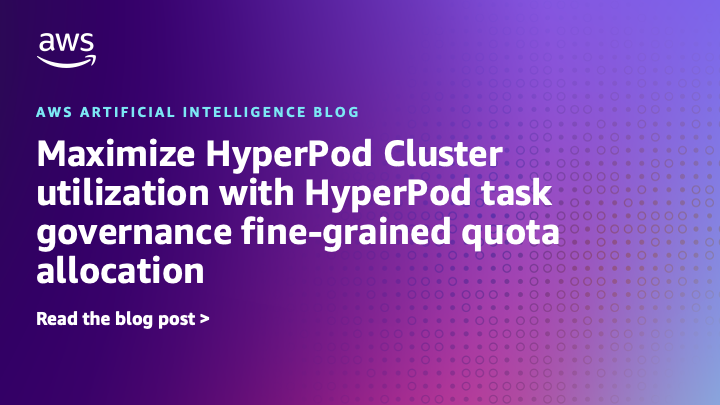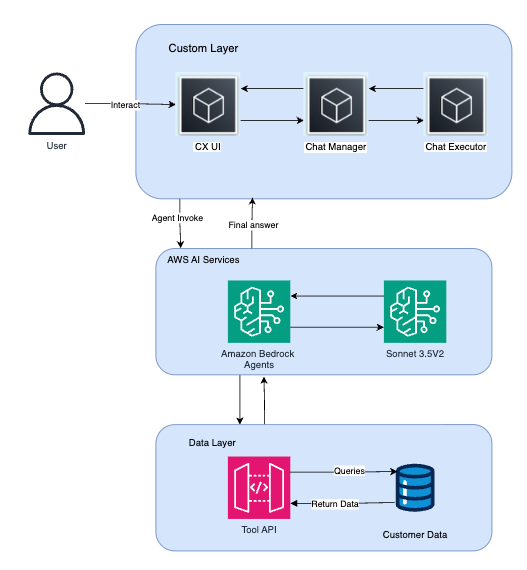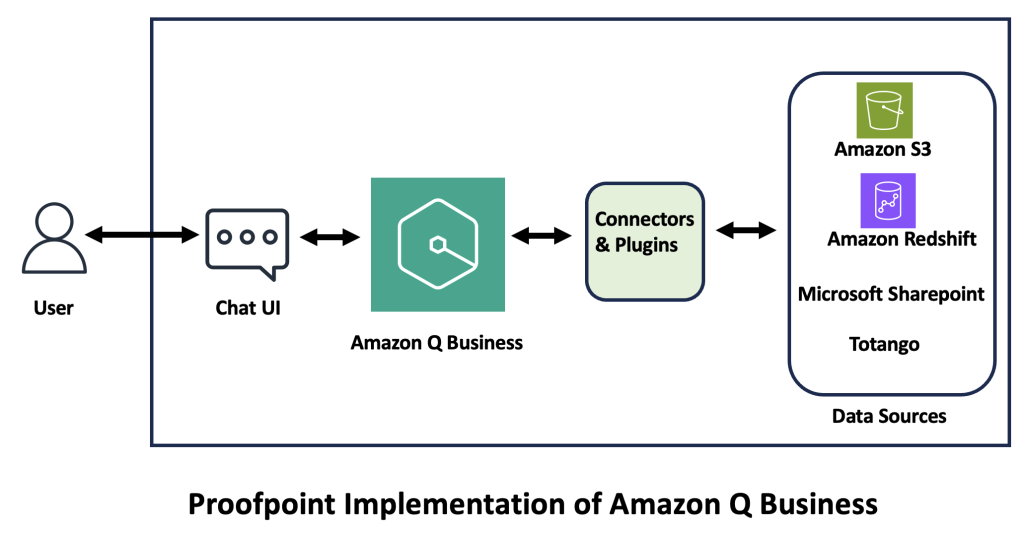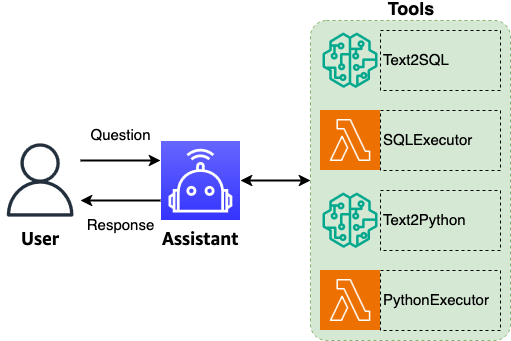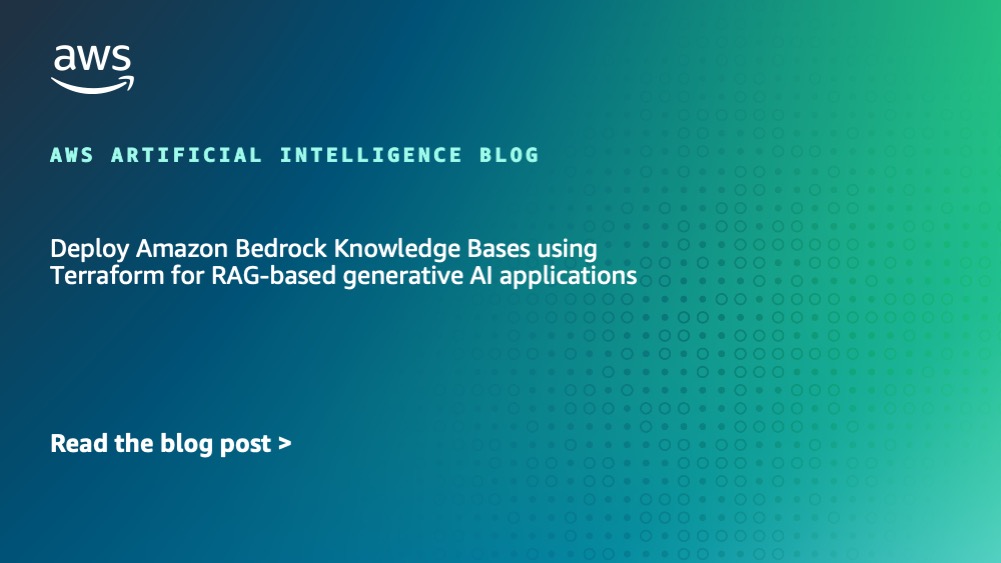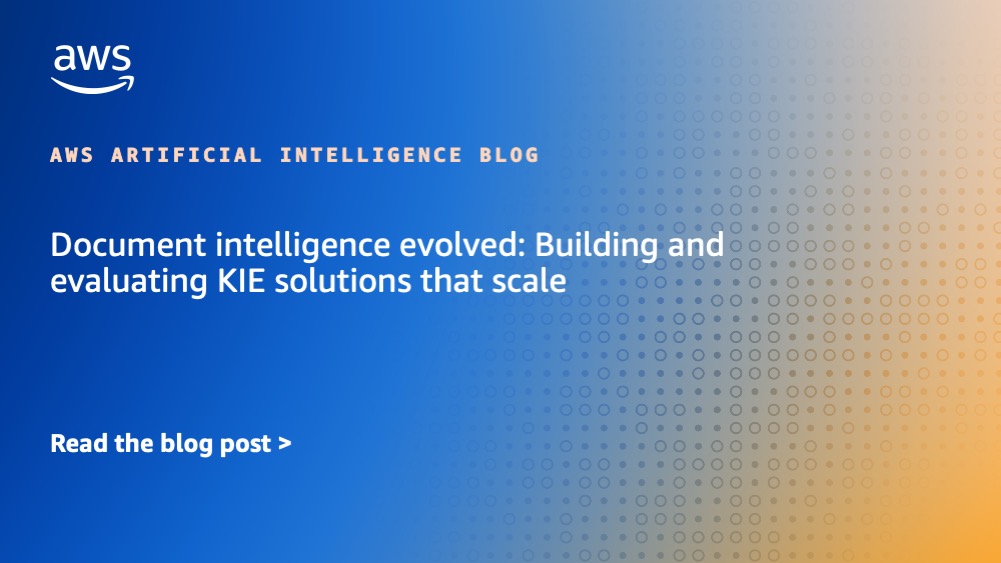Artificial Intelligence
Category: Generative AI
Accelerate your model training with managed tiered checkpointing on Amazon SageMaker HyperPod
AWS announced managed tiered checkpointing in Amazon SageMaker HyperPod, a purpose-built infrastructure to scale and accelerate generative AI model development across thousands of AI accelerators. Managed tiered checkpointing uses CPU memory for high-performance checkpoint storage with automatic data replication across adjacent compute nodes for enhanced reliability. In this post, we dive deep into those concepts and understand how to use the managed tiered checkpointing feature.
Maximize HyperPod Cluster utilization with HyperPod task governance fine-grained quota allocation
We are excited to announce the general availability of fine-grained compute and memory quota allocation with HyperPod task governance. With this capability, customers can optimize Amazon SageMaker HyperPod cluster utilization on Amazon Elastic Kubernetes Service (Amazon EKS), distribute fair usage, and support efficient resource allocation across different teams or projects. For more information, see HyperPod task governance best […]
Skai uses Amazon Bedrock Agents to significantly improve customer insights by revolutionized data access and analysis
Skai (formerly Kenshoo) is an AI-driven omnichannel advertising and analytics platform designed for brands and agencies to plan, launch, optimize, and measure paid media across search, social, retail media marketplaces and other “walled-garden” channels from a single interface. In this post, we share how Skai used Amazon Bedrock Agents to improve data access and analysis and improve customer insights.
Exploring the Real-Time Race Track with Amazon Nova
This post explores the Real-Time Race Track (RTRT), an interactive experience built using Amazon Nova in Amazon Bedrock, that lets fans design, customize, and share their own racing circuits. We highlight how generative AI capabilities come together to deliver strategic racing insights such as pit timing and tire choices, and interactive features like an AI voice assistant and a retro-style racing poster.
Build character consistent storyboards using Amazon Nova in Amazon Bedrock – Part 1
The art of storyboarding stands as the cornerstone of modern content creation, weaving its essential role through filmmaking, animation, advertising, and UX design. Though traditionally, creators have relied on hand-drawn sequential illustrations to map their narratives, today’s AI foundation models (FMs) are transforming this landscape. FMs like Amazon Nova Canvas and Amazon Nova Reel offer […]
Unlocking the future of professional services: How Proofpoint uses Amazon Q Business
Proofpoint has redefined its professional services by integrating Amazon Q Business, a fully managed, generative AI powered assistant that you can configure to answer questions, provide summaries, generate content, and complete tasks based on your enterprise data. In this post, we explore how Amazon Q Business transformed Proofpoint’s professional services, detailing its deployment, functionality, and future roadmap.
Natural language-based database analytics with Amazon Nova
In this post, we explore how natural language database analytics can revolutionize the way organizations interact with their structured data through the power of large language model (LLM) agents. Natural language interfaces to databases have long been a goal in data management. Agents enhance database analytics by breaking down complex queries into explicit, verifiable reasoning steps and enabling self-correction through validation loops that can catch errors, analyze failures, and refine queries until they accurately match user intent and schema requirements.
Deploy Amazon Bedrock Knowledge Bases using Terraform for RAG-based generative AI applications
In this post, we demonstrated how to automate the deployment of Amazon Knowledge Bases for RAG applications using Terraform.
Document intelligence evolved: Building and evaluating KIE solutions that scale
In this blog post, we demonstrate an end-to-end approach for building and evaluating a KIE solution using Amazon Nova models available through Amazon Bedrock. This end-to-end approach encompasses three critical phases: data readiness (understanding and preparing your documents), solution development (implementing extraction logic with appropriate models), and performance measurement (evaluating accuracy, efficiency, and cost-effectiveness). We illustrate this comprehensive approach using the FATURA dataset—a collection of diverse invoice documents that serves as a representative proxy for real-world enterprise data.
Detect Amazon Bedrock misconfigurations with Datadog Cloud Security
We’re excited to announce new security capabilities in Datadog Cloud Security that can help you detect and remediate Amazon Bedrock misconfigurations before they become security incidents. This integration helps organizations embed robust security controls and secure their use of the powerful capabilities of Amazon Bedrock by offering three critical advantages: holistic AI security by integrating AI security into your broader cloud security strategy, real-time risk detection through identifying potential AI-related security issues as they emerge, and simplified compliance to help meet evolving AI regulations with pre-built detections.
